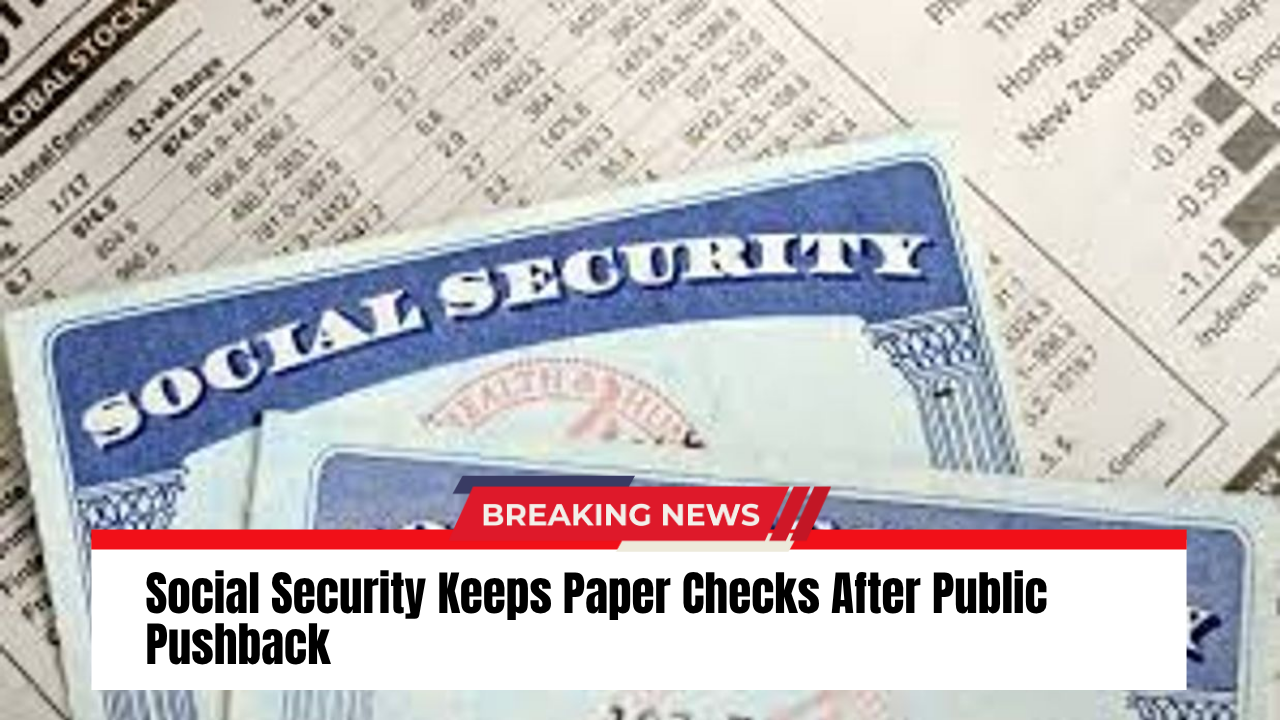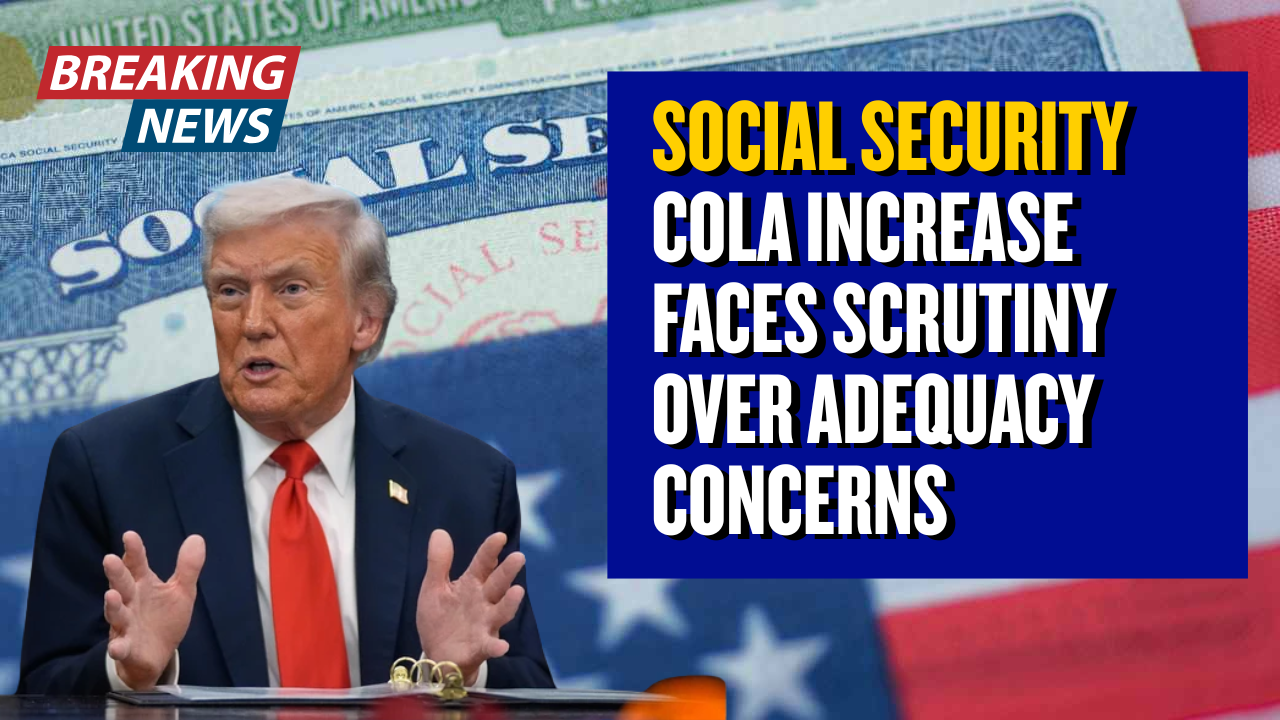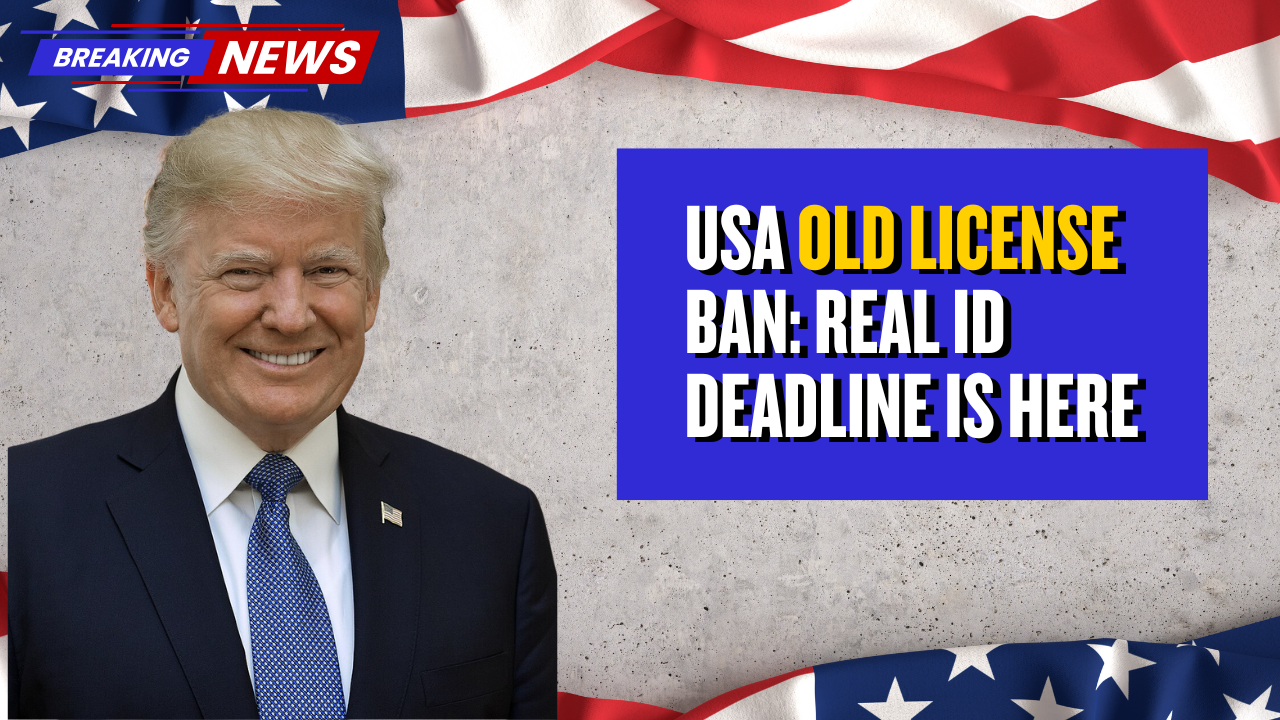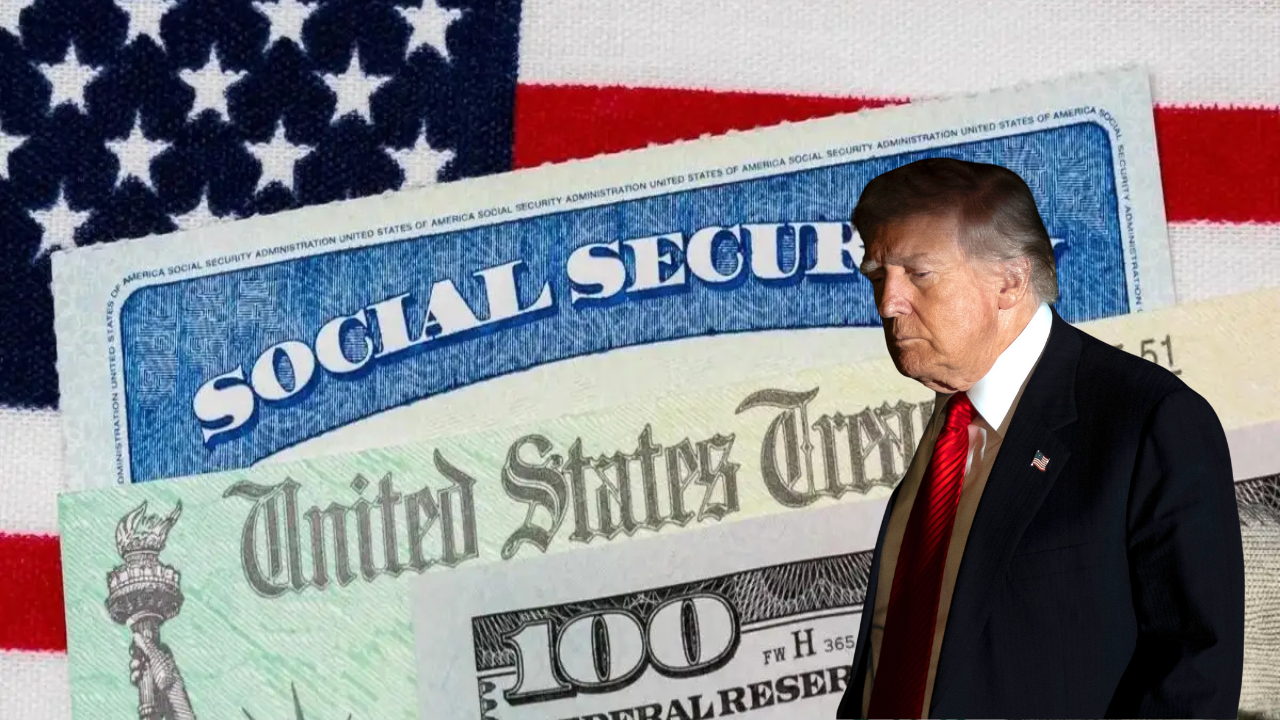For nearly a century, millions of retirees have relied on one simple ritual — waiting for that familiar envelope in the mail containing their monthly Social Security check. But as of September 2025, that piece of American tradition almost came to an end.
The Social Security Administration (SSA) had planned to mail its final paper checks on September 30, part of a long-running federal effort to move benefit payments entirely online. Instead, after strong backlash from seniors and advocacy groups, the agency reversed course, opting for a slower, more flexible transition.
The move marks the latest clash between government modernization and accessibility for older Americans — a debate that’s shaping how benefits are distributed in an increasingly digital world.
The Push Toward a Cashless System
The plan to end paper checks has been years in the making. The U.S. Department of the Treasury first launched its “Go Direct” campaign back in 2011, touting electronic payments as faster, safer, and less expensive.
Printing and mailing each paper check costs roughly 50 cents, compared to 15 cents for a direct deposit. With nearly 70 million monthly beneficiaries, those savings add up quickly.
There’s also the issue of security. Paper checks are about 16 times more likely to be lost or stolen than electronic payments, according to Treasury data.
When former President Donald Trump signed an executive order in March 2025 directing agencies to “eliminate physical payments to the extent permitted by law,” the SSA moved ahead with plans to end paper mailings altogether by the end of September.
At that point, 99.4% of Social Security recipients — or about 69.1 million people — had already switched to electronic payments. That left roughly 400,000 Americans still receiving paper checks.
Who Still Gets a Paper Check
The remaining 0.6% of beneficiaries represent some of the country’s most vulnerable populations: seniors living in remote or rural areas, individuals without bank accounts, and people with disabilities or cognitive limitations.
“These Americans aren’t resisting technology — they’re surviving without access to it,” said Nancy Altman, president of Social Security Works, a nonprofit that advocates for retirees. “They don’t have reliable internet, they can’t afford banking fees, and for many, paper checks are a lifeline.”
California has the highest number of paper-check recipients (about 43,000), followed by Texas (28,000) and Florida (24,000).
According to Federal Communications Commission (FCC) data, about 17 million Americans still lack reliable internet access — many of them in rural or tribal areas where digital banking remains difficult.
A Sudden Reversal
The backlash to the SSA’s September 30 cutoff was immediate. Advocacy organizations, lawmakers, and seniors flooded the agency with calls, emails, and letters, urging them to reconsider.
On September 19, just 11 days before the deadline, the SSA quietly announced that no one’s benefits would be interrupted for failing to switch to electronic payments.
By early October, Matthew Bilenki, the SSA’s Director of Finance and Management, confirmed during a public meeting that the agency would continue mailing checks “for those without access to banking or digital systems.”
In short, the checks aren’t going away — at least not yet.
An SSA spokesperson summarized the shift simply: “Our goal is digital access, not digital exclusion.”
Balancing Modernization and Inclusion
From a policy perspective, the decision to continue paper payments may seem inefficient. But advocates say it’s essential.
“You can’t modernize your way past human reality,” an AARP analyst noted. “Not everyone can or should be forced into digital banking.”
While Treasury officials still emphasize the cost savings of automation, the SSA’s reversal highlights a broader issue: the digital divide.
For older adults living on fixed incomes, tasks like managing passwords, setting up direct deposit, or navigating two-factor authentication can be overwhelming. Losing access to funds due to a missed online step could mean missing rent or medication.
The agency’s latest move acknowledges that modernization must go hand in hand with accessibility.
What Happens Next
The SSA says it will continue encouraging electronic payments through education and outreach rather than mandates.
Starting in October 2025, each mailed check includes a flyer explaining three official options:
- Direct deposit into a personal bank or credit union account.
- Direct Express® Debit Mastercard, designed for those without bank accounts.
- Hardship waiver, available through the Treasury Department for individuals unable to use digital systems.
SSA field offices are also contacting beneficiaries by phone and mail to help them set up electronic payments if they choose.
Treasury’s long-term goal remains 100% digital payments, but officials admit it may take years to achieve without leaving anyone behind.
For now, the traditional paper check remains — a small but enduring reminder that not every piece of progress needs to be automated.
As one Texas retiree put it: “I’ve had a Social Security check in my hand every month since 1991. I’ll stop cashing it when they stop printing it.”



